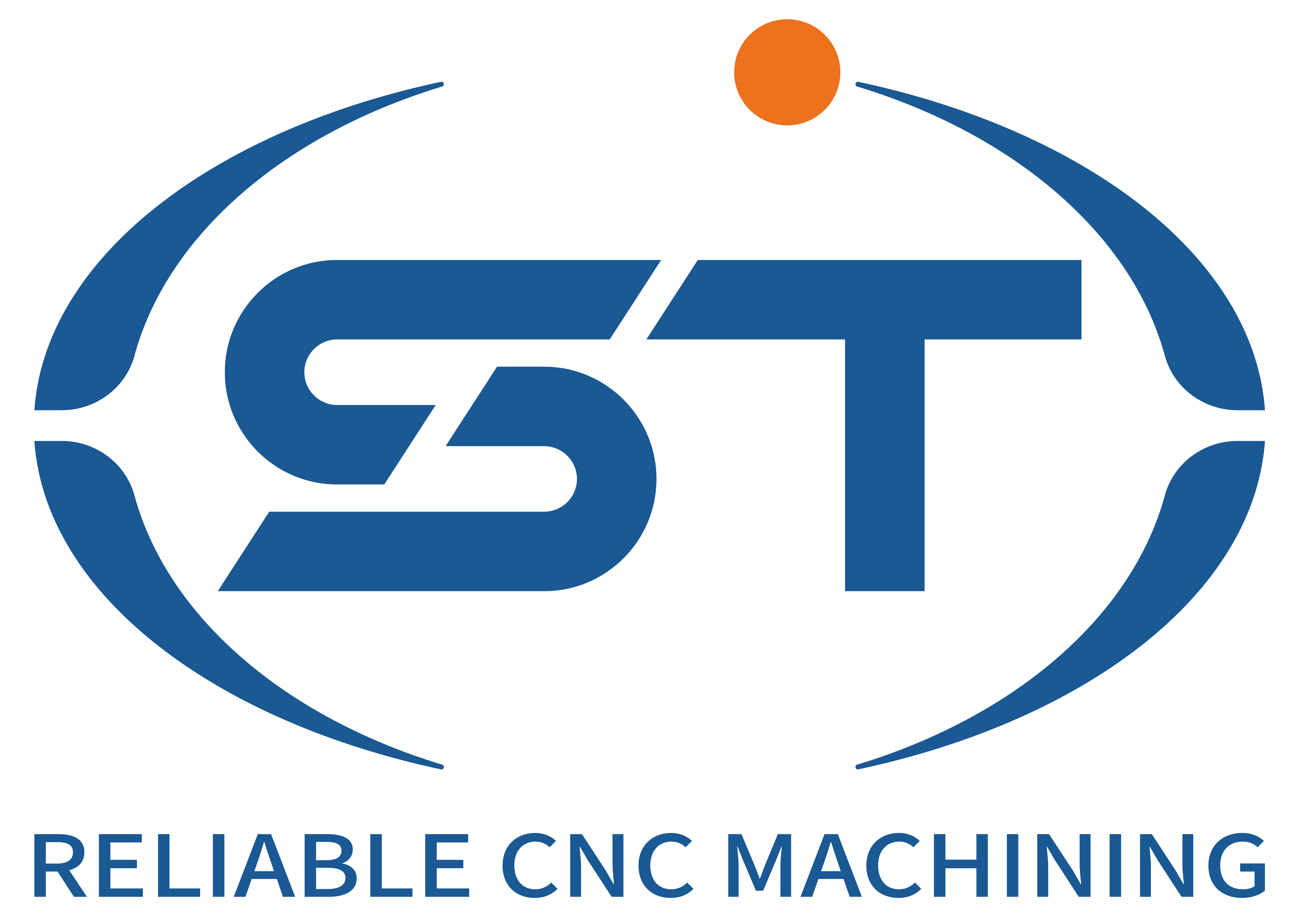Criteria for Material Selection in CNC Machining of Automotive Components
Selecting the right material for automotive CNC machining is a critical decision that impacts part performance, manufacturing efficiency, and overall cost-effectiveness. The choice hinges on multiple factors, including mechanical requirements, environmental conditions, and machinability. Below are key considerations for material selection in automotive CNC applications.
Table of Contents
ToggleMechanical Properties and Functional Requirements
The primary function of an automotive component dictates its mechanical property requirements. For example, engine parts like pistons or crankshafts demand high strength, fatigue resistance, and thermal stability to withstand extreme operating conditions. Materials such as alloy steels or titanium alloys are often chosen for their ability to endure cyclic loading and high temperatures without deformation.
In contrast, structural components like chassis frames or suspension parts prioritize stiffness and impact resistance. High-strength steels or aluminum alloys may be selected to balance weight and durability. For interior or non-load-bearing parts, such as trim panels or brackets, materials like polymers or composites offer sufficient strength while enabling lightweighting.
Additionally, parts exposed to corrosive environments (e.g., exhaust systems or underbody components) require materials with excellent corrosion resistance, such as stainless steel or nickel-based alloys. Evaluating stress-strain behavior, yield strength, and toughness ensures the material aligns with the part’s intended use.
Machinability and Manufacturing Constraints
Machinability—the ease with which a material can be cut, shaped, or finished—is a vital consideration in CNC manufacturing. Materials that are too hard or abrasive can accelerate tool wear, increase production costs, or compromise surface quality. For instance, hardened steels may necessitate specialized tooling (e.g., carbide or ceramic inserts) and slower cutting speeds, raising machining time and expenses.
Conversely, softer materials like aluminum or copper alloys are easier to machine but may require additional steps to achieve tight tolerances or fine surface finishes. Machinability is also influenced by a material’s thermal conductivity—high-conductivity metals (e.g., aluminum) dissipate heat efficiently, reducing tool overheating, while low-conductivity materials (e.g., titanium) may require optimized coolant systems.
For complex geometries or thin-walled parts, ductility and formability become critical. Materials that deform plastically under cutting forces (e.g., some stainless steels) may require adaptive machining strategies or specialized fixtures to prevent distortion.
Cost and Availability Considerations
While mechanical properties and machinability are paramount, cost and material availability also shape selection decisions. Raw material costs vary widely—for example, exotic alloys like Inconel or superalloys are significantly more expensive than standard steels or aluminum. Manufacturers must weigh performance benefits against budget constraints, especially for high-volume production runs.
Material availability is another factor—rare or specialty materials may have long lead times, disrupting production schedules. In such cases, substituting with more readily available alternatives (e.g., using aluminum alloys instead of magnesium for non-critical parts) can mitigate risks. Recyclability and sustainability trends also influence choices, with some manufacturers opting for recycled metals or bio-based polymers to reduce environmental impact.
Additionally, the cost of post-machining treatments (e.g., heat treatment, surface coating, or finishing) should be factored into material selection. For instance, a material that requires extensive surface hardening after machining may increase overall production costs compared to a pre-hardened alternative.
Environmental and Regulatory Compliance
Automotive components must comply with strict environmental and safety regulations, particularly regarding emissions, recyclability, and hazardous substances. Materials like lead or certain plastics may be restricted due to toxicity or environmental harm, necessitating substitutes like lead-free solders or biodegradable polymers.
For parts exposed to extreme temperatures or chemicals (e.g., fuel systems or braking components), regulatory standards may mandate specific materials. For example, fluoropolymers like PTFE are used in fuel lines due to their chemical resistance, while asbestos-free brake linings rely on alternative friction materials.
Additionally, lightweighting initiatives driven by fuel efficiency regulations favor materials like aluminum or carbon fiber composites. However, these materials must still meet crashworthiness and durability standards, requiring careful balancing of properties.
By systematically evaluating mechanical requirements, machinability, cost, and compliance, automotive manufacturers can optimize material selection for CNC machining. This ensures parts meet performance targets while aligning with production goals and regulatory obligations.




